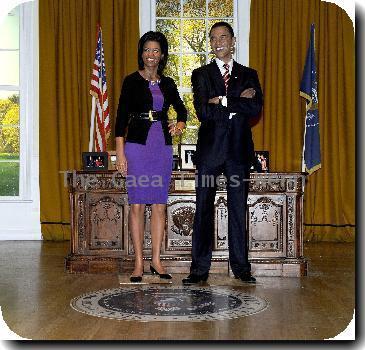Lawmakers criticize delays in new pilot fatigue rules promised after 2009 fatal airline crash
By Joan Lowy, APWednesday, June 9, 2010
Delays in anti-pilot fatigue rules criticized
WASHINGTON — Lawmakers demanded Wednesday that Transportation Secretary Ray LaHood write new rules aimed at preventing pilot fatigue, as he promised to do last year after an airline crash near Buffalo, N.Y., killed 50 people.
The top Democratic and Republican members of the House Transportation and Infrastructure Committee and its aviation subcommittee sent LaHood a letter complaining that new rules governing how many consecutive hours airlines can require pilots to work haven’t been proposed by the Transportation Department.
“Now is the time for DOT to fulfill its obligation to put forward new regulations,” the lawmakers said. “The safety of the traveling public is paramount and we urge DOT to follow through on its commitment.”
LaHood responded to the letter, saying: “Safety is our number one priority and addressing pilot fatigue is a crucial step toward making our skies safer. This rule is under review and we’re working as quickly as possible to put forth a proposal.”
Last June, LaHood and Federal Aviation Administrator Randy Babbitt convened a special committee of airlines and pilots’ unions to draft new regulations drawing on modern research on the causes and effects of fatigue.
The committee delivered its recommendations to the FAA in September. At that time, Babbitt said the FAA would draft its own proposal and formally publish it before the end of the year. That deadline has been moved back repeatedly.
Information published online by the government indicates the FAA submitted a draft proposal to the Transportation Department for review in February. After that review is complete, the draft still faces a review by the Office of Management and Budget. The FAA has set a new target date of Sept. 14 for publication of a proposed rule.
Even after it is published, it could be months or years before the proposed rule becomes final — if ever. The National Transportation Safety Board has been recommending for 20 years that the FAA update pilot flight and duty time rules. The FAA proposed new rules in the 1990s, but agency officials were unable to get airlines and pilots’ unions to agree on the changes and they never were made final.
LaHood and Babbitt convened the fatigue committee in response to the crash of Continental Express Flight 3407 on Feb. 12, 2009. All 49 people on board and a man on the ground were killed. An NTSB investigation found that both pilots were likely suffering from fatigue, although fatigue wasn’t a direct cause of the accident.
Pilot and air traffic controller fatigue has been cited as a factor in several other airline accidents over the past decade. Federal law requires the FAA to prove that the cost to the airline industry of new rules would be justified by lives saved.
The families of those killed in the Flight 3407 crash have made more than two dozen trips to Washington over the past year to lobby for tougher safety regulations, especially new pilot fatigue rules. President Barack Obama met privately with the families on a recent trip to Buffalo.
The House and Senate have passed broad aviation bills that each contain provisions requiring the FAA to overhaul pilot fatigue rules. Lawmakers are working on resolving differences between the two bills, which contain an array of other safety provisions as well as provisions on issues as disparate as a new satellite-based air travel control system and airline mergers.
The House lawmakers signing the letter were Democrats James Oberstar of Minnesota and Jerry Costello of Illinois, and Republicans John Mica of Florida and Thomas Petri of Wisconsin.
Tags: Accidents, Barack Obama, Buffalo, Government Regulations, Industry Regulation, New York, North America, Pilot Fatigue, Transportation, United States, Washington

